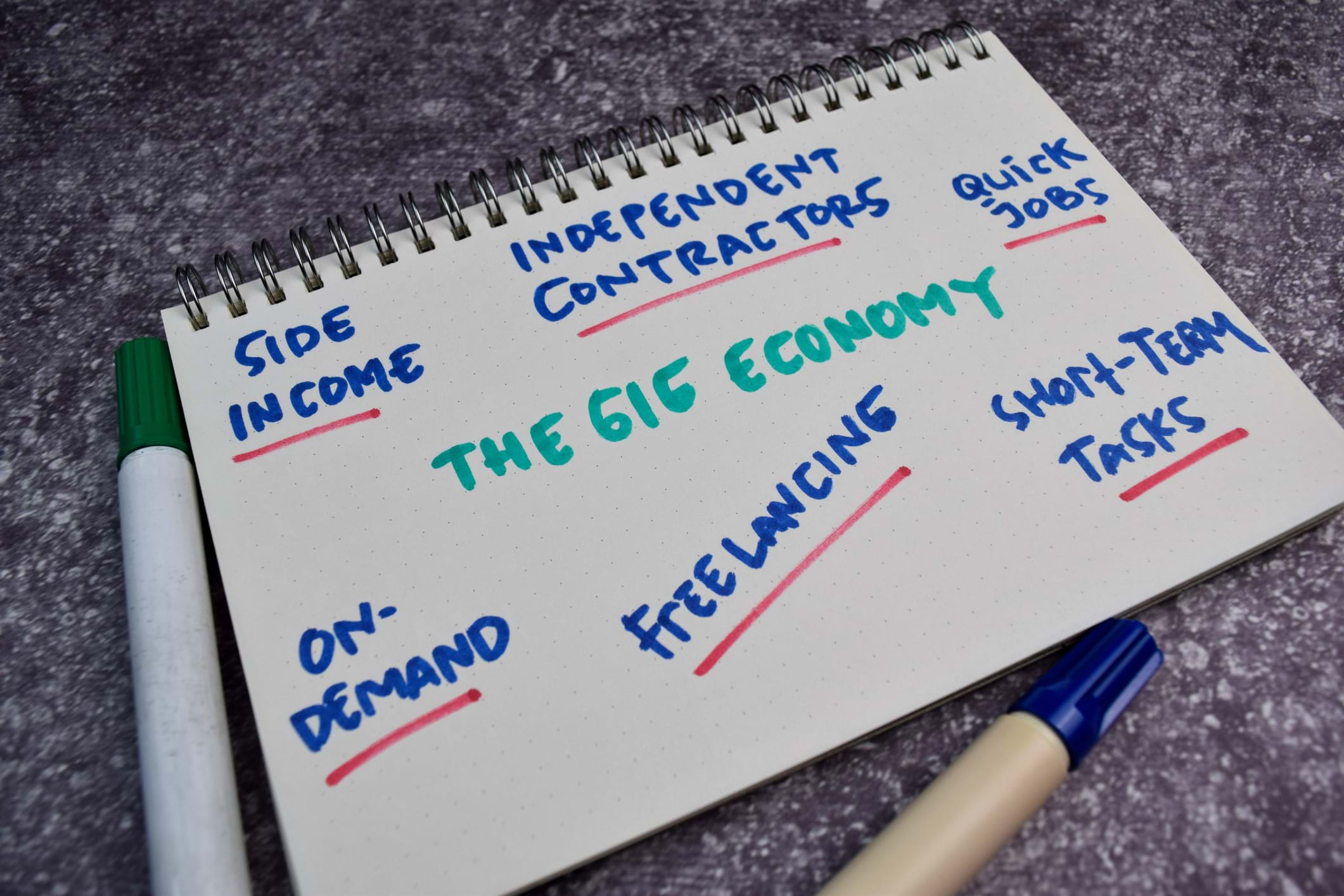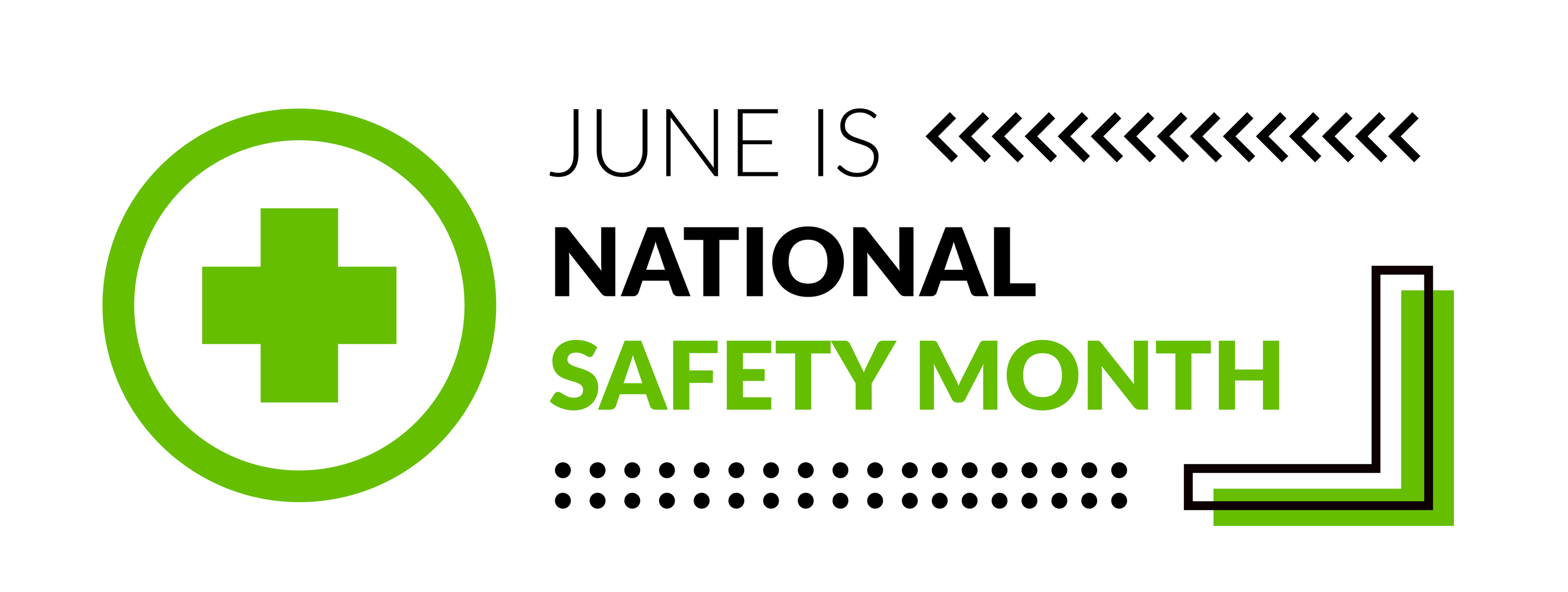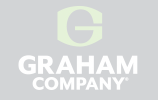According to Forbes, the gig economy is on track to surpass the full-time workforce by 2027 after increasing by 30% during the Covid-19 pandemic. Comprised of independent contractors who are hired to fill temporary positions rather than being salaried employees, the gig economy is changing the workforce and how gig economy companies and their workers are insured.
Whether gig workers are driving, delivering food, or providing services for customers, the gig economy requires flexibility and creative thinking about insurance products. By using an insurance solution like a captive, gig companies can protect their business from insurance company class underwriting, which can lead to unfavorable insurance pricing and gaps in coverage. Captives also insulate companies from the cyclical and often times unpredictable insurance market to allow companies to capture underwriting profit and investment income that typically is reserved for insurance carriers.
Much like a gig company allows a worker to be their own boss and call the shots regarding how and when they work (flexible hours, no long commutes, less work rigidity), captives can help you gain control of your risk management program.
Captives as a Solution in the Gig Economy
Captives were initially created for risks that were not well served by the traditional insurance market (for example, medical malpractice or fuel distributors). This is similar to the way that traditional insurance is not always the right fit for gig companies with unique exposures.
Gig companies need innovative and cutting-edge insurance solutions. A captive lets you tailor your insurance so that it fits your organization, underwrites your own unique risks, and avoids locking you into an outdated or expensive traditional insurance program.
Using a captive is also entrepreneurial. By insuring all or a portion of your risk exposure you are able to retain profits generated by your strong claims performance that otherwise would be kept by the insurance company. Many gig economy companies have insurance coverage embedded in their platform. Some, like occupational accident, have performed historically well for insurance carriers.
Consider a Rental Captive
You don’t have to be the size of an Uber or a DoorDash in order to implement a captive. Many companies think that in order to start their own captive they have to invest a lot of time and money, but there are options that allow you to do it quickly and affordably. Rental captives, for example, can be set up easily and relatively inexpensively, and still offer significant upside potential with underwriting profit and investment income while limiting any downside. A rental prevents you from being exposed to risk sharing since it’s a stand alone program and can be done in about four to six months (versus a single parent captive that usually takes about a year to form). Don’t sacrifice money that could be better used to grow and improve your business.
For example, say you pay $500,000 for guaranteed cost occupational accident insurance a year. Utilizing a captive, you would set aside a portion of the premium to pay for losses you are responsible for within the captive retention, which is typically 30-70% of your premium. The money set aside to pay for these losses is known as your “loss fund.” Your loss fund is also your opportunity. If claims performance is favorable, any money left over in your loss fund “bucket” is returned to you plus investment income. Keep in mind that the amount set aside will depend on your claims performance – usually your claims frequency, operation, reinsurance structure, and retention level.
So, assuming your captive pay in premium is $500,000 annually and 40% is set aside to pay for losses that you are responsible for, you have the opportunity to get back up to $200,000 plus investment income per year, which, under a traditional guaranteed cost program would go to the insurance company. The rest of the premium covers captive expenses and pays for reinsurance to cover catastrophic losses and provide aggregate protection. While there is potential for downside in a captive, an aggregate limit provides you with a known “worst case scenario” so that you have peace of mind in case you have an abnormal or unfavorable loss year.
While a captive can be used to fund risk exposures for the gig company itself such as general liability, it can also be used to insure 3rd party risk or insurance coverages for the platform’s independent contractors (i.e. occupational accident). This creates additional revenue and profit streams for the gig company. In short, using a rental captive can better align your insurance program to your company’s overall long-term strategic plan but it is imperative to have a strong risk management culture.
Graham Company Can Help
The gig economy is not slowing down. This shifting workforce will continue to change the way business is carried out in the years to come.
Captives are often a good fit for companies with an entrepreneurial spirit, a long-term strategy, a good loss history (three to five years of experience) and companies who are willing to bet on themselves.
If you’re wondering if a captive is right for you, we’re here to help. Many brokers are selling a product and not a true solution. At Graham Company, we pride ourselves on our independence, which allows us to educate and collaborate with our clients to come up with a solution that is unique and tailored to your business. We’ll sit down with you and assess your needs.
If you are interested in hearing more about captives, we’re happy to discuss creative options available to you.








